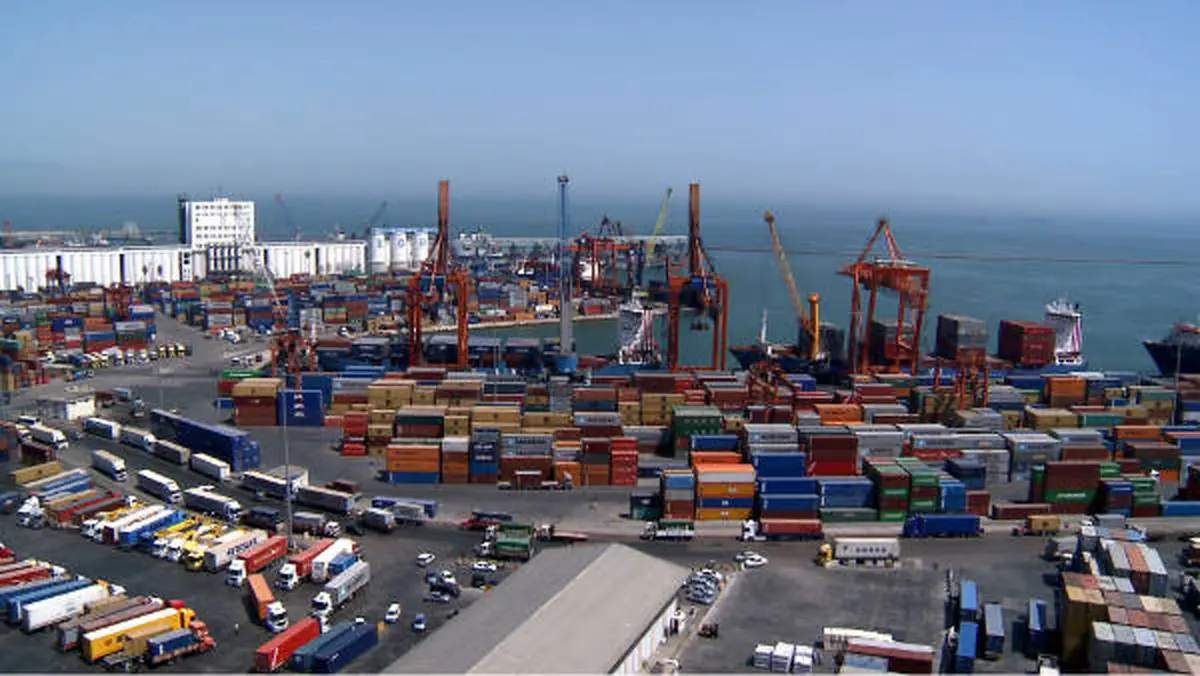
Georgia’s main imported goods
Georgia, a country strategically positioned at the crossroads of Europe and Asia, has an economy heavily reliant on trade and imports to meet domestic demand. Its main imported goods reflect the needs of a rapidly modernizing society, an expanding infrastructure, and growing consumer demands. The country’s imports play a significant role in fueling its industries, infrastructure projects, and the overall economy, providing a range of goods necessary for daily life, business, and development. Below is an overview of the primary categories of goods imported into Georgia, covering areas such as machinery, energy resources, vehicles, and consumer goods.
1. Machinery and Equipment
Machinery and equipment form a crucial part of Georgia’s imports. This includes electrical machinery, computers, telecommunications equipment, and industrial machinery, essential for Georgia’s growing industries and infrastructure projects. Due to the absence of large-scale local manufacturing in these sectors, Georgia relies heavily on foreign-sourced machinery to support construction, agricultural, and manufacturing activities. These imports are sourced primarily from China, Turkey, and the European Union, with machinery and mechanical appliances making up a significant portion of Georgia’s overall import profile.
2. Energy Resources (Oil and Gas)
Georgia’s limited domestic production of energy resources has led it to become a substantial importer of oil and gas. Petroleum products, such as gasoline and diesel, are essential for transportation and various industrial sectors in Georgia. As a transit hub for pipelines from Azerbaijan, Russia, and other Central Asian countries, Georgia is geopolitically important for energy transit. However, despite its transit position, it still needs to import most of its petroleum for domestic use, with Russia, Azerbaijan, and Turkey being major suppliers.
3. Vehicles and Transport Equipment
Automobiles, trucks, and other forms of transport equipment are among the top imports to Georgia. The growing middle class, urbanization, and the rising demand for private and commercial vehicles have significantly driven these imports. Since Georgia does not have a domestic vehicle manufacturing industry, it relies heavily on imports from countries like Japan, Germany, and the United States. In addition to cars, Georgia also imports parts and components to support its thriving second-hand vehicle market, which has become a re-export market to nearby countries in recent years.
4. Food and Agricultural Products
Georgia is a large importer of food products, as domestic agricultural production is limited and cannot fully satisfy local demand. The main food imports include wheat, sugar, and vegetable oils, which are essential for Georgian households. Wheat, for instance, is imported primarily from Russia and Ukraine to meet the demand for bread, a staple in Georgian cuisine. Additionally, imports of fruits, dairy products, and other perishables supplement local agricultural production, ensuring food security and variety for consumers.
5. Pharmaceuticals and Medical Equipment
Pharmaceutical products and medical equipment are vital imports for Georgia’s healthcare system, which relies on foreign supplies to meet the demand for quality medicines and healthcare technology. The import of pharmaceuticals, in particular, has grown in response to increased healthcare needs and a population seeking modern treatments. Most of Georgia’s pharmaceutical imports come from countries like Germany, Turkey, and India, covering a range of products from over-the-counter medications to specialized medical supplies.
6. Chemicals and Fertilizers
The industrial and agricultural sectors in Georgia depend on chemical imports for production processes, including fertilizers for agriculture and chemicals for manufacturing. Fertilizers, in particular, are essential for improving the agricultural yield of Georgia’s fertile lands, which produce crops like grapes, hazelnuts, and vegetables. Due to limited local production of these chemicals, Georgia sources most of these products from international markets, including countries in the European Union and neighboring Turkey.
7. Textiles and Clothing
Georgia also imports a considerable amount of textiles and clothing to meet local consumer demand and support its growing fashion and apparel industry. Ready-made garments, fabrics, and footwear are popular imports, primarily sourced from Turkey, China, and India. The influx of international brands and a rising interest in fashion have contributed to the steady growth in textile imports, catering to the diverse tastes of Georgian consumers.
8. Consumer Electronics
Consumer electronics, including smartphones, televisions, and computers, form a significant part of Georgia’s import market, reflecting the population’s increasing demand for modern technology and communication devices. As people adopt a more technology-driven lifestyle, the demand
for imported electronics continues to rise. The primary suppliers of these electronics are China, Turkey, and South Korea, with brands from the United States and Europe also being popular.
9. Construction Materials
With a growing construction sector fueled by urbanization and tourism, Georgia imports a range of construction materials such as cement, steel, and wood products. These materials are necessary for residential, commercial, and infrastructure projects. Since local production does not suffice, imports from Turkey, Russia, and Ukraine meet the demand for quality construction materials, ensuring the development of cities and towns across the country.
Conclusion
Georgia’s main imports are essential for its economy, fulfilling the needs of various sectors, including energy, transportation, healthcare, construction, and agriculture. The country’s reliance on imports is a result of limited local production in certain areas and the need to access advanced technology and quality goods. As Georgia continues to modernize and expand its economy, the demand for these imported goods is likely to increase, underscoring the importance of international trade relations and the development of sustainable economic policies that ensure access to vital resources.




Leave a Reply